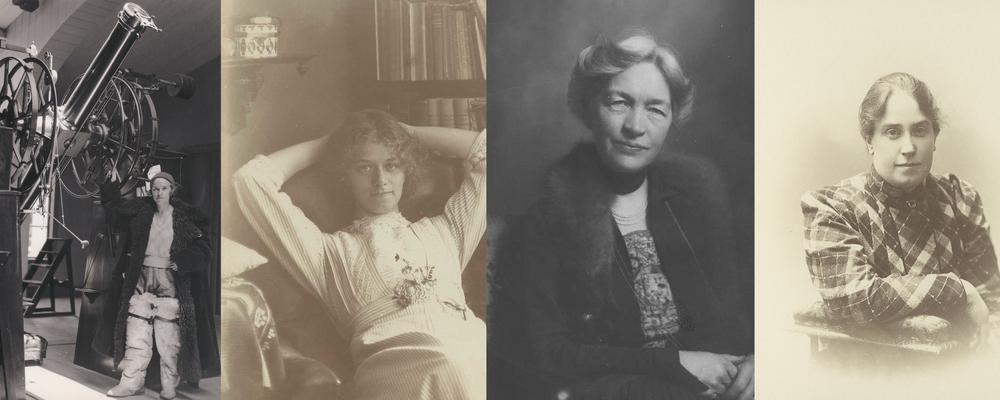Historical research is often based in large historical dictionaries where the number of women is few. Maria Sjöberg and her research group of historians, literary scholars and linguists wanted to change that. For that reason, they spent two years building a digital women’s biographical dictionary that highlights forgotten and overlooked efforts made by women.
The result was the Biographical Dictionary of Swedish Women. When it was launched on 8 March 2018, it contained 1,000 articles on Swedish women and foreign women in Sweden, all of whom were significant for the development of society. Two years later, on the same date, there were twice as many women portrayed, from the Middle Ages to the present.
”Through different searches, the visitor can see what they worked with, what education they received, which organisations they were in, how they moved in the world, what they achieved and much more”, says Maria Sjöberg.
Many visitors
The response has been positive and the web-based dictionary is used by many. Proof of that is that in 2022 the site had just over 266,000 visits, of which 226,000 were unique. The visitors are everything from researchers to the wider public.
”The majority probably use SKBL as a dictionary, but there are also examples where biographical data is used for systematic research efforts.”
Maria Sjöberg would like to see the dictionary used more in research in particular. A lot of work has gone into developing the structured database and collecting and checking the biographical data.
”I believe that digital resources will be used much more in the future and SKBL is at the forefront there. The database will be sustainable and a resource for future research, just as we hoped.”
A small percentage
There are currently no concrete plans to update the dictionary with even more names. The reason is that it would require quite extensive funding.
”But it’s clear that it would be needed. Although SKBL includes over 2,000 women, it is still a small percentage of the women who have made great contributions to society in the past.”
By: Thomas Melin
